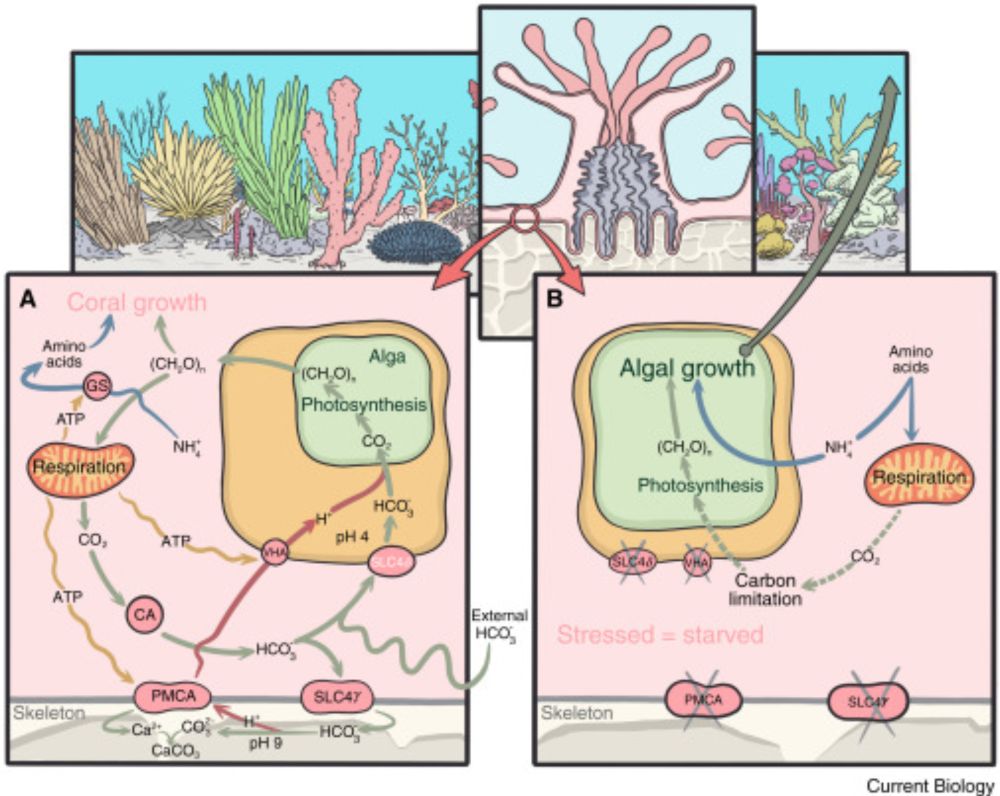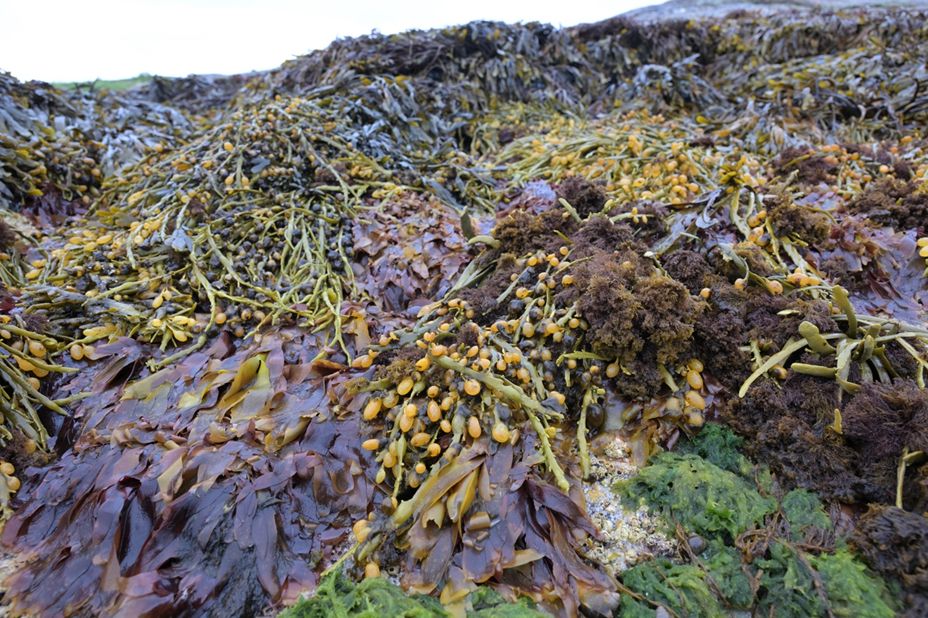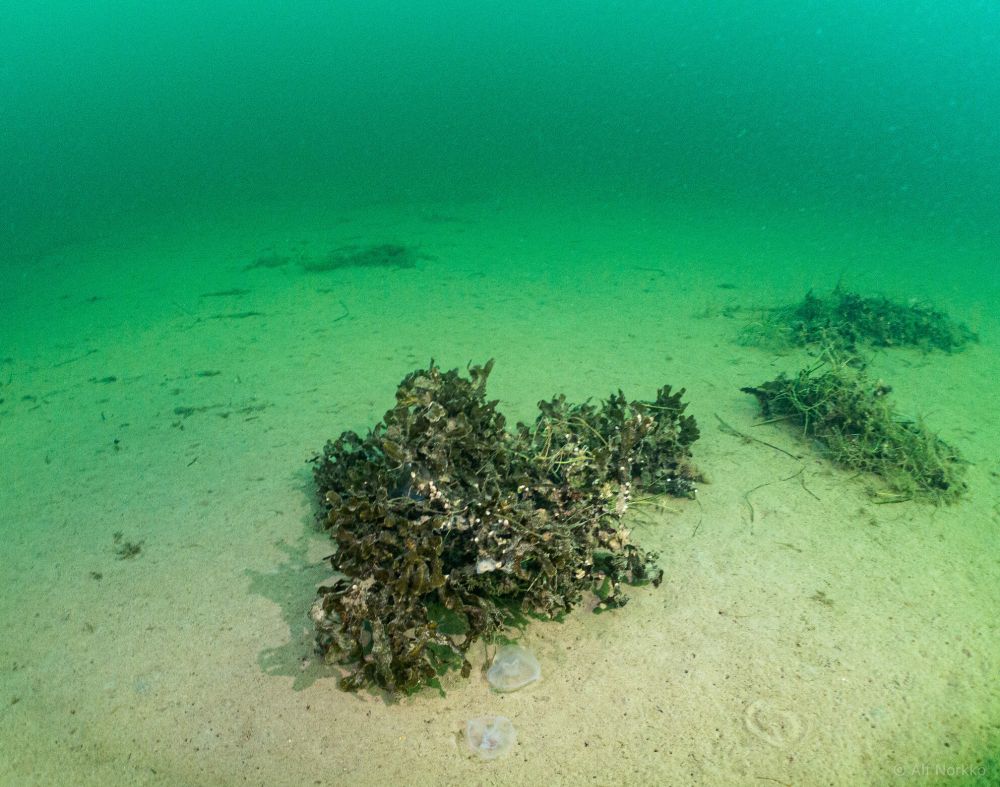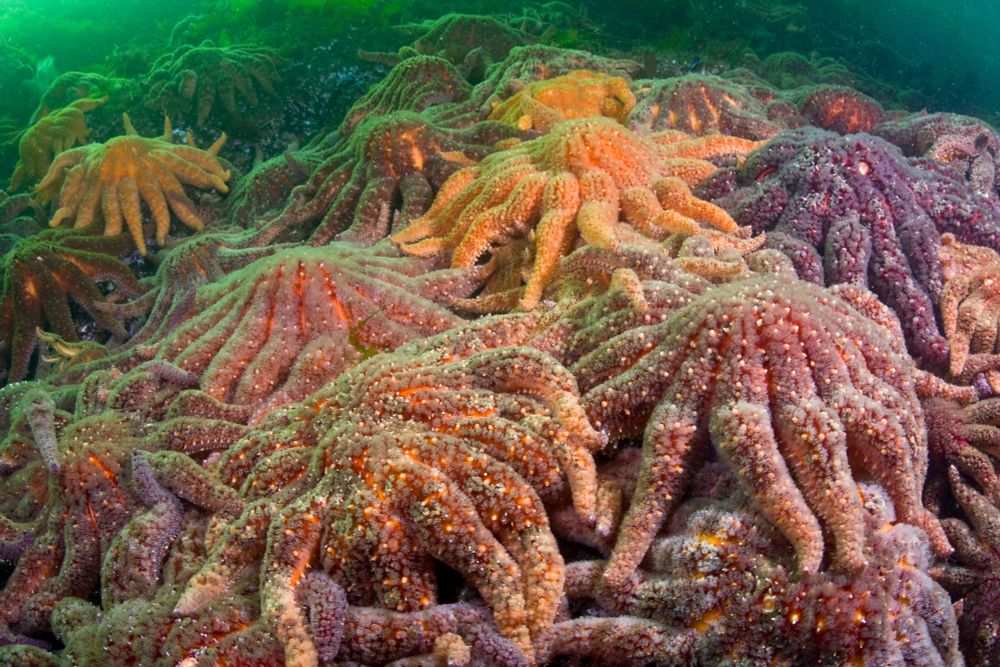The Crown Princess Victoria Professorship in Biodiversity
Professorship in Biodiversity.
The University of Gothenburg hereby announces a unique and prestigious position – the
Amazing (and prestigious) opportunity in Sweden: The Crown Princess Victoria Professorship in Biodiversity.
The announcement can be found here: web103.reachmee.com/ext/I005/103...
I've heard that the position will come with a lot of resources.
🧪 #biodiversity
06.10.2025 13:32 — 👍 3 🔁 0 💬 0 📌 0

The team of (5) undergraduates that led this research project at an scenic lookout in Mo'orea, French Polynesia.
Super excited to share this work looking at seaweed trait differences across microhabitat! Proud of this team of undergraduates for working so hard to make get this paper published. onlinelibrary.wiley.com/share/author...
26.09.2025 23:30 — 👍 8 🔁 2 💬 0 📌 0


No drones, no AI, not very high-tech at all, only hard working people shaking and rinsing Ascophyllum to get all associated fauna out for biodiversity analyses 💪🏼🌱 #PhycologyFriday
05.09.2025 10:53 — 👍 2 🔁 1 💬 0 📌 0

Woah!...
03.09.2025 04:12 — 👍 1203 🔁 443 💬 74 📌 66

Fig. 3. Estimated mitigation potential from forestation varies with land availability assumptions. (A) Global and regional ecosystem carbon sequestration. BA19 (10), GR17 (8), and Qin24 (24) refer to respective assumptions of land potentially available for forestation. The “committed” assumption considers only national commitments, and “achievable” shows currently achievable land limited by availability defined in Qin24 (see materials and methods section M3). (B) The currently achievable mitigation potential varies among countries and income groups. Country-specific data are available in data S3 (24). Country codes and corresponding income groups can be found in table S6.
The achievable carbon uptake from planting trees is much lower than previous estimates, and even lower than many nations have committed to. New paper by Wang et al. in Science. www.science.org/doi/10.1126/... 🧪🌏🌳🌲🌐
03.09.2025 07:49 — 👍 93 🔁 42 💬 4 📌 5
Despite all my rage, I’m still just a kelp in a cage.
31.08.2025 23:02 — 👍 3 🔁 1 💬 0 📌 0
Vi måste avverka mer för att kunna skydda mer skog? 🙃
28.08.2025 04:39 — 👍 1 🔁 1 💬 0 📌 0
That’s a lot of Ascophyllum!
27.08.2025 20:39 — 👍 0 🔁 0 💬 1 📌 0
”Utan intäkter från ett aktivt skogsbruk saknas resurser för skogsvårdande åtgärder och för att utveckla den biologiska mångfalden.”
Vad menas med ”utveckla” tro?
27.08.2025 20:37 — 👍 4 🔁 2 💬 2 📌 0
Ojoj, vilket inlägg i debatten om skogsbruk. Monokulturer och nya trädarter…
27.08.2025 20:36 — 👍 2 🔁 0 💬 0 📌 0
Once again on the “achievements” of the most right wing government in the history of #Finland. Sigh.
To warn others to learn from our mistakes.
On the left, government projections of new jobs (blue) vs the reality (red); on the right, distribution of tax cuts by income decile.
26.08.2025 08:32 — 👍 109 🔁 33 💬 7 📌 2

Greetings from Arctic Norway, 70.7°N. Tomorrow we go to one of our Ascophyllum sites to measure Asco properties, identify all species in frames and associated with the rockweed. Or aim is to compare structure, function and biodiversity in harvested areas with the unharvested control.
25.08.2025 19:30 — 👍 6 🔁 1 💬 1 📌 0

CO2 X warming treatment in a tide pool. Black boxes on the high ledge hold batteries & circuit boards, with tubes leading to heating elements in the pool. The smaller black box generates CO2, which bubbles into the pool.
Just out in @jexpbiol.bsky.social: Great work by @racinerangel.bsky.social documenting effects of a 6-month factorial field manipulation of warming X CO2 on intertidal mussel shell thickness, strength, & corrosion. #SitkaNSF @cascadejbs.bsky.social journals.biologists.com/jeb/article/...
19.08.2025 16:32 — 👍 9 🔁 4 💬 0 📌 2
New paper out! 🌊 We show that southern populations of Fucus spp. are especially vulnerable to repeated low-tide heat stress — a key factor for their future under climate change.
👉 doi.org/10.1016/j.ma...
17.08.2025 16:18 — 👍 5 🔁 2 💬 1 📌 1
Well this is worrying.
14.08.2025 07:31 — 👍 2 🔁 1 💬 0 📌 0
How many ants??? 20 quadrillion!!! Here's the paper with the maths... www.pnas.org/doi/10.1073/... 🐜🐜🐜🐜🐜
13.08.2025 10:17 — 👍 1 🔁 2 💬 1 📌 0
Hot take.
Conferences should be at locations where as many people as possible can get as easy as possible (minimizing transportation and CO2 footprint), not where people want to take vacation.
13.08.2025 08:59 — 👍 4 🔁 0 💬 0 📌 0
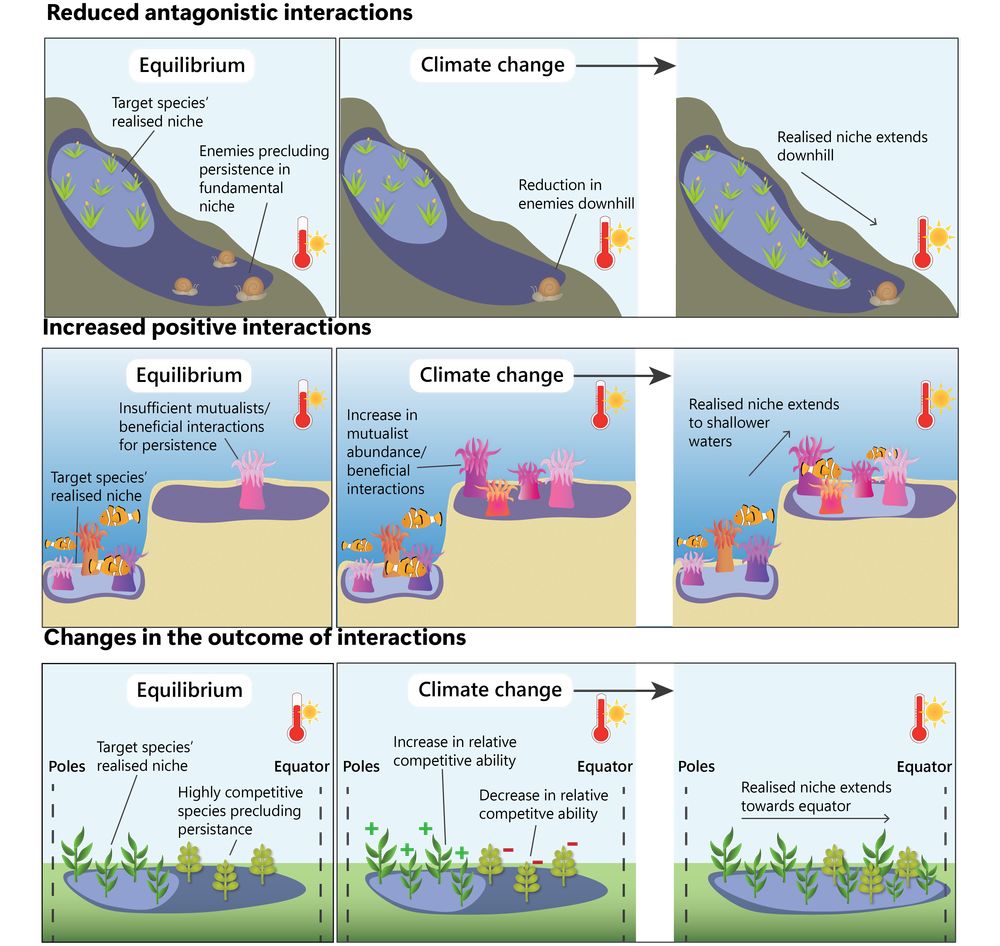
OPINION
Counterintuitive Range Shifts May Be Explained by Climate Induced Changes in Biotic Interactions
🔗 buff.ly/4Uf5v3p
04.08.2025 16:59 — 👍 32 🔁 11 💬 0 📌 0
I used to be a textbook neoliberal. But while doing my accidental PhD, I encountered too much evidence to maintain my former beliefs.
Great #Inequality makes societies worse in practically every measure so far devised to measure societal success.
Only fair societies can survive AND prosper.
04.08.2025 07:41 — 👍 142 🔁 44 💬 7 📌 3
“Fulfilling Koch’s postulates, V. pectenicida strain FHCF-3, cultured from the coelomic fluid of a diseased sunflower sea star, caused disease and mortality in exposed sunflower sea stars, demonstrating that it is a causative agent of SSWD” (www.nature.com/articles/s41...) 🦑🌊🧪 #MarineLife
04.08.2025 15:51 — 👍 18 🔁 5 💬 1 📌 0
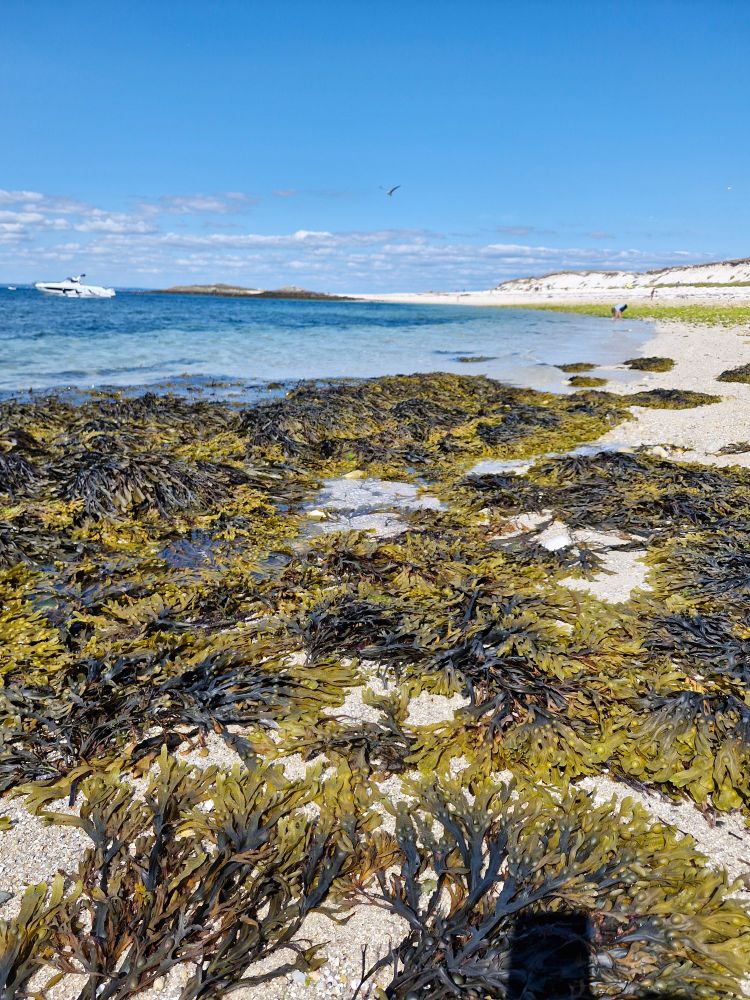
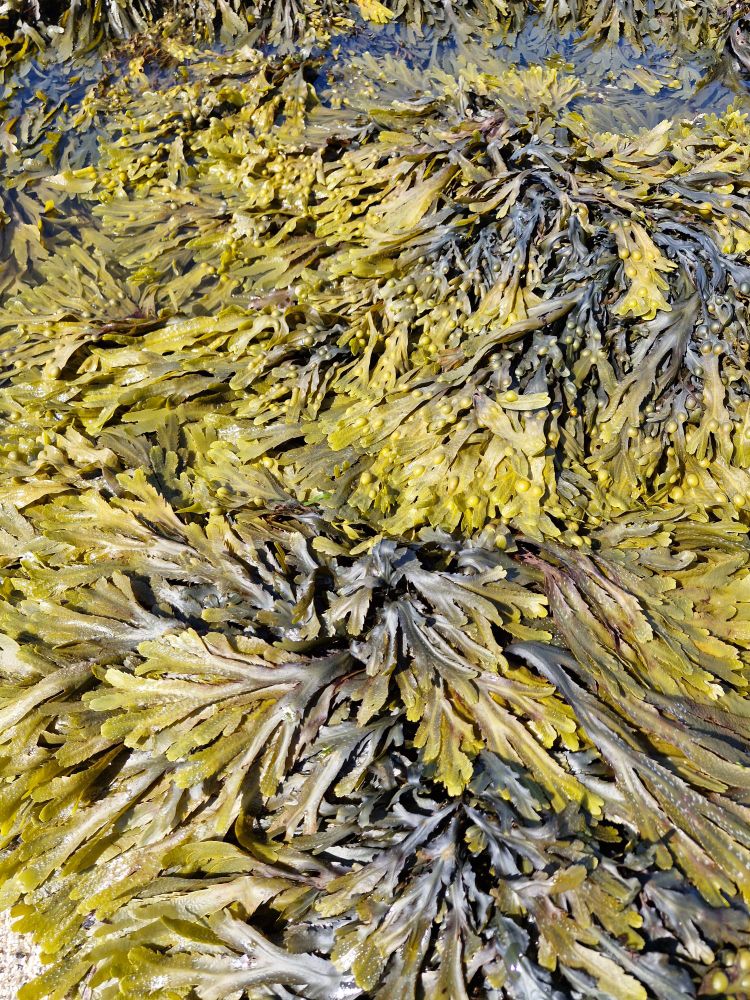
Stands of Fucus serratus (jagged edge) and Fucus vesiculosus (paired bladders) on the white sands of the Brittany coast #Seaweeds
02.08.2025 15:32 — 👍 13 🔁 1 💬 0 📌 0
Marine ecologist at the University of Exeter working on the Convex Seascape Survey - investigating how seafloor creatures interact with carbon in a blue carbon seascape (www.convexseascapesurvey.com).
Assistant Professor at University of Toulouse, Ecole d'ingénieurs de Purpan. Soil ecologist interested in the impact of global change on biodiversity and functions.
Eclectic Bluesky-Rambler - It's not random...honest/ Marine-Arctic-Antarctic-Climate Biologist/ Slow but enthusiastic cyclist/ Woke academic still aspiring to be a scholar/ 🇬🇧 diaspora in 🇫🇮
Books: https://www.amazon.co.uk/stores/author/B001HOBI0E
PhD | Marine Ecologist | Postdoctoral Fellow @mncn-bgcg.bsky.social | Effects of Climate Change on Biodiversity | he/ him | Dad
Postdoc @wslresearch.bsky.social
spatial food webs | big data | biodiversity monitoring | stability | macroecology | biogeography | urban food webs https://www.merinrejichacko.com/
she/her 🏳️🌈😷
Postdoc at @samsocean.bsky.social | Kelp ecology & climate change
PhD researcher @geomarkiel.bsky.social.
Interested in the microbes, immune capacity & eco-physiology of Asterias rubens under climate change ⭐🦠🌡️
Marine ecologist at University College Cork 🇮🇪 Making space for nature 🐚 Historical ecology 📚LIMPETS ⚠️ Rewilding garden in West Cork 🌱🪲🌿🐞
PhD student | Oxford Seascape Ecology Lab | University of Oxford
Passionate about seascape ecology, geospatial science, and all things fish 🐠🌊🗺️. She/Her. Views my own.
Ecologist. Postdoc @ University of Helsinki. Here mostly to follow updates on science and politics. 🌍🌿
KelpIT is a research project that aims to advance our understanding of Swedish kelp forests and their ecology through innovation and technology.
Web page: https://www.gu.se/en/research/kelpit
Project coordinator: @gamfeldt.bsky.social
Researcher at Institute of Biodiversity Research (IMIB) - University of Oviedo, Spain.
Ecosystem mapping and monitoring | Evolutionary ecology | Plant phenology | Global change
Exploring complex marine biological systems through math, models, and lab experiments | Postdoc @ MPI & MARUM Bremen | Marine biologist turned interdisciplinary scientist
Postdoc. Aquatic Ecology. Biodiversity. Argentina.
We work on planetary problems. Currently: counting climate change-related deaths; pandemic risk assessment in a changing biosphere; data, science, and vaccine access during public health emergencies. 👉 carlsonlab.bio
Postdoctoral researcher at Virginia Tech studying the #agroecology of apple orchard systems 🍎. #Rstats, #ecology #sustainability, #FunctionalDiversity
Ecology professor | Global citizen | Local agriculture supporter | Father to a prodigy | iecolab.org
Head, School of Biological Sciences, Monash University. Physiology | life history | ecology | evolution | higher education
Marine Scientist, GIS nerd, all things ocean. Loves to be in the nature. Hawaii is home.













